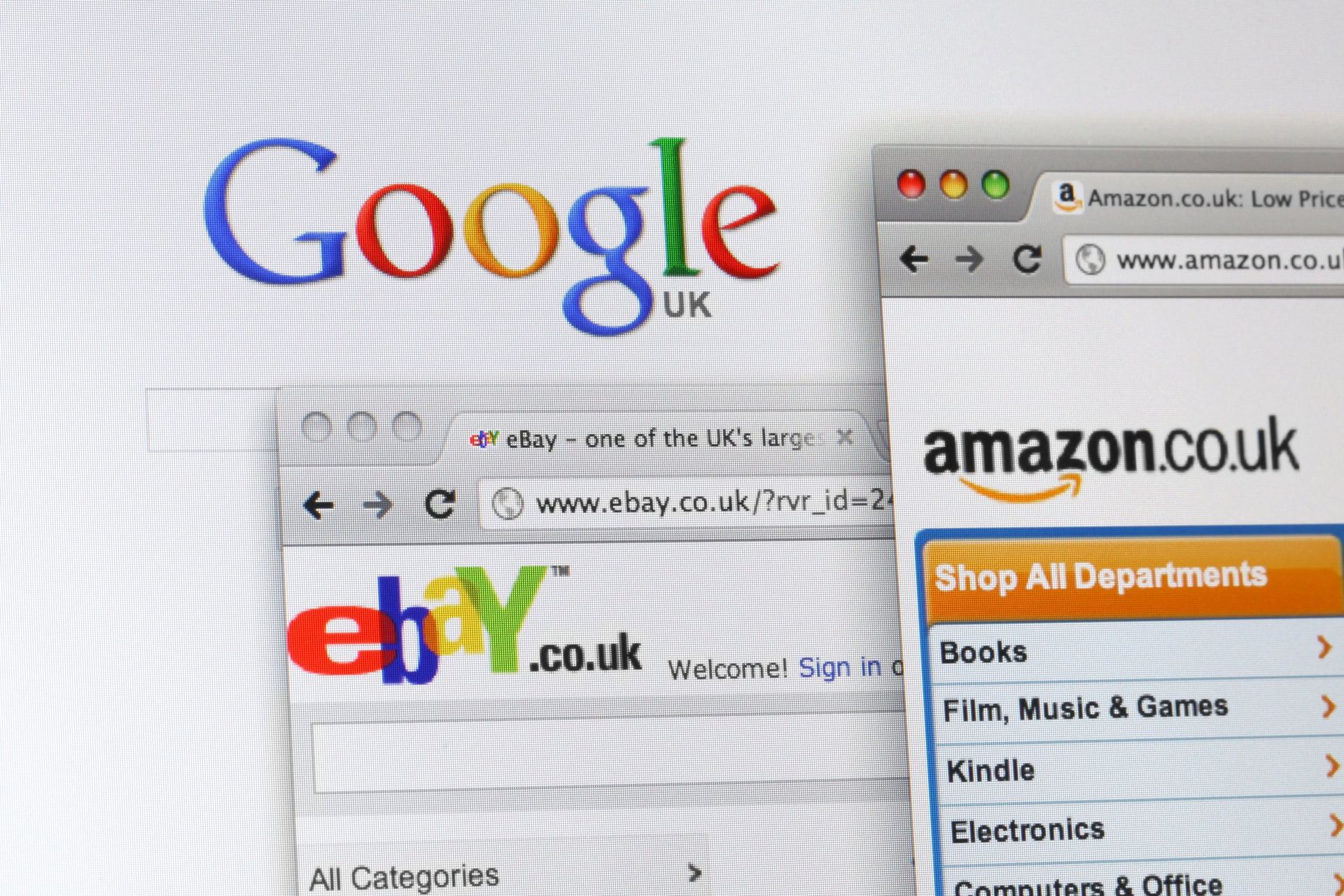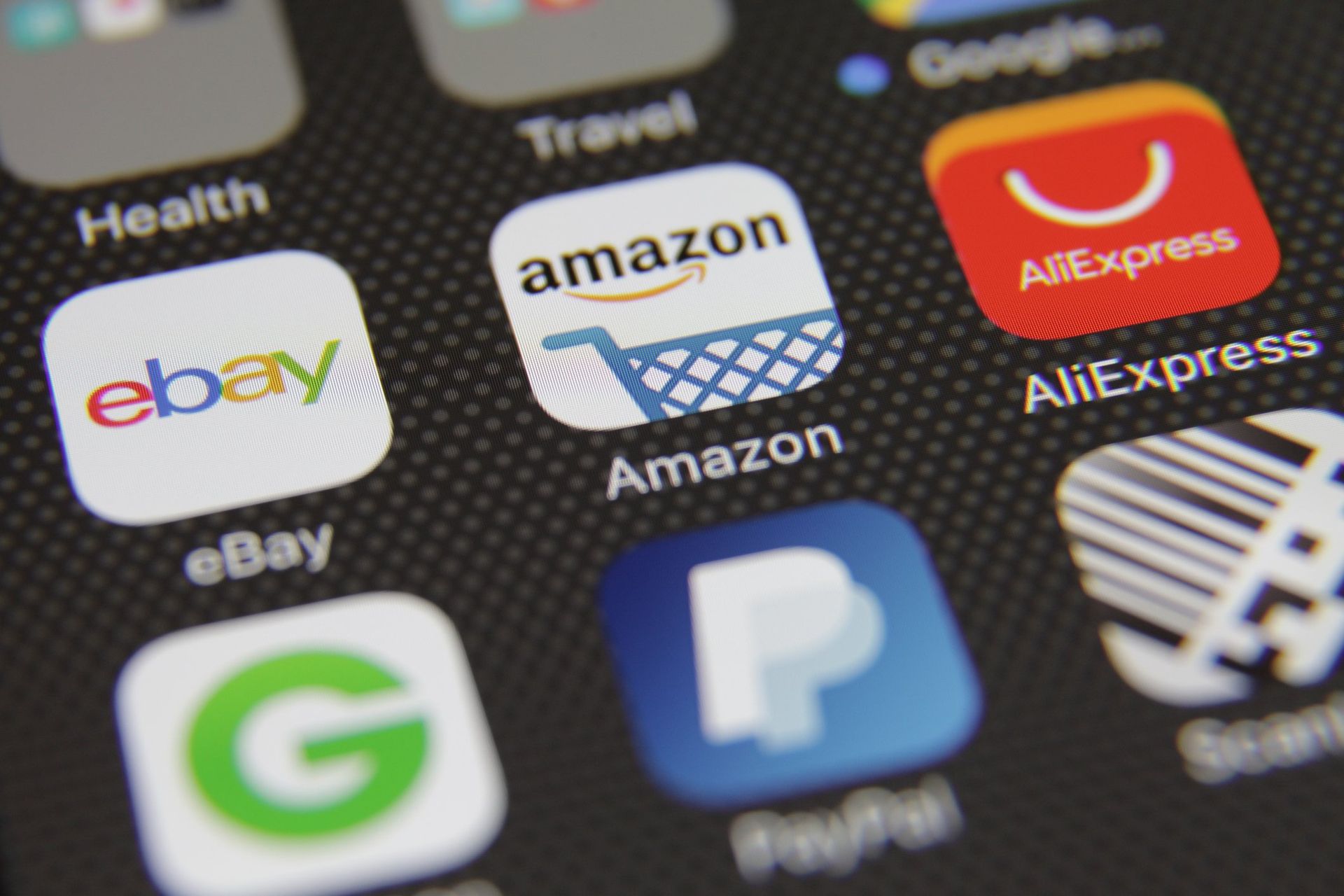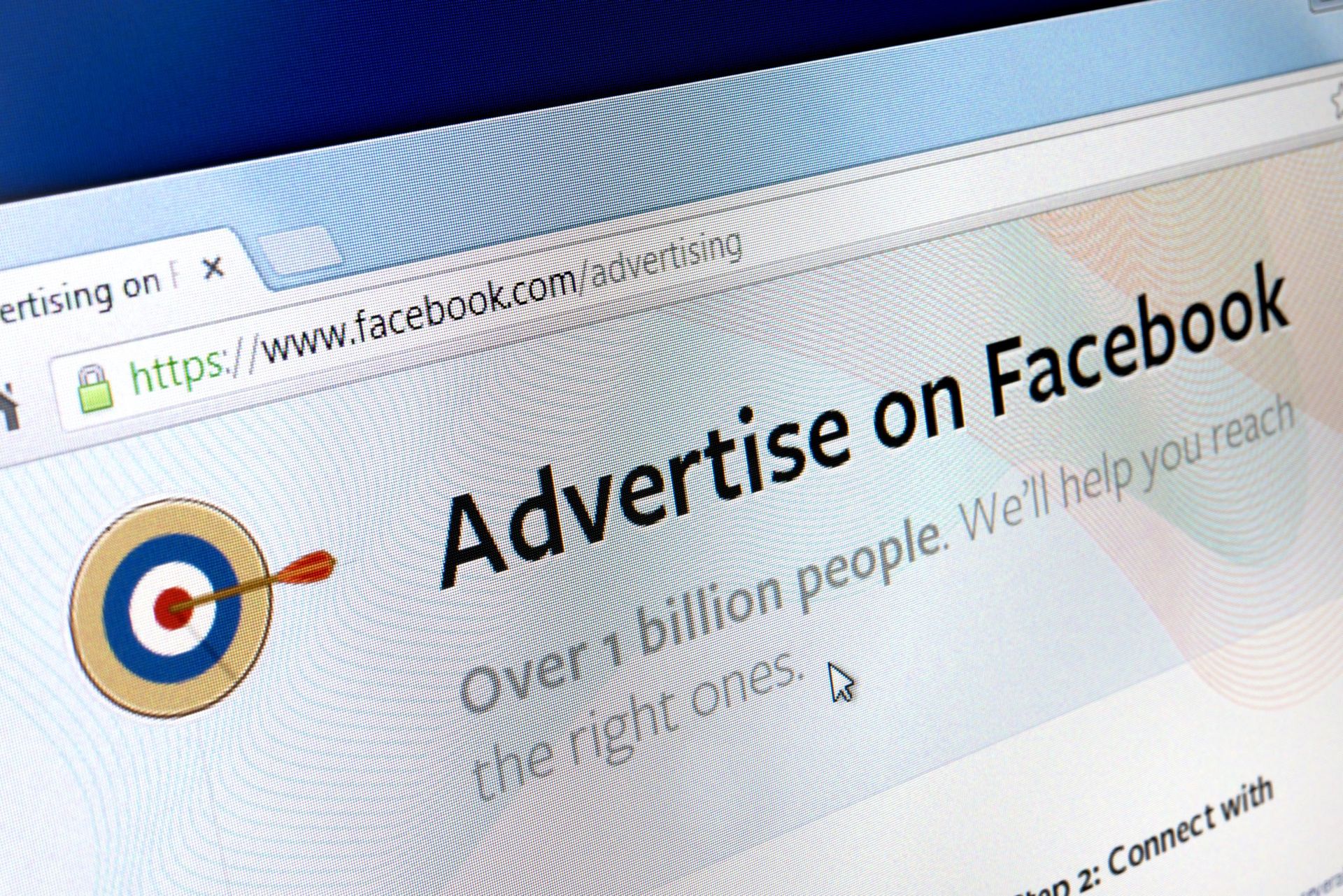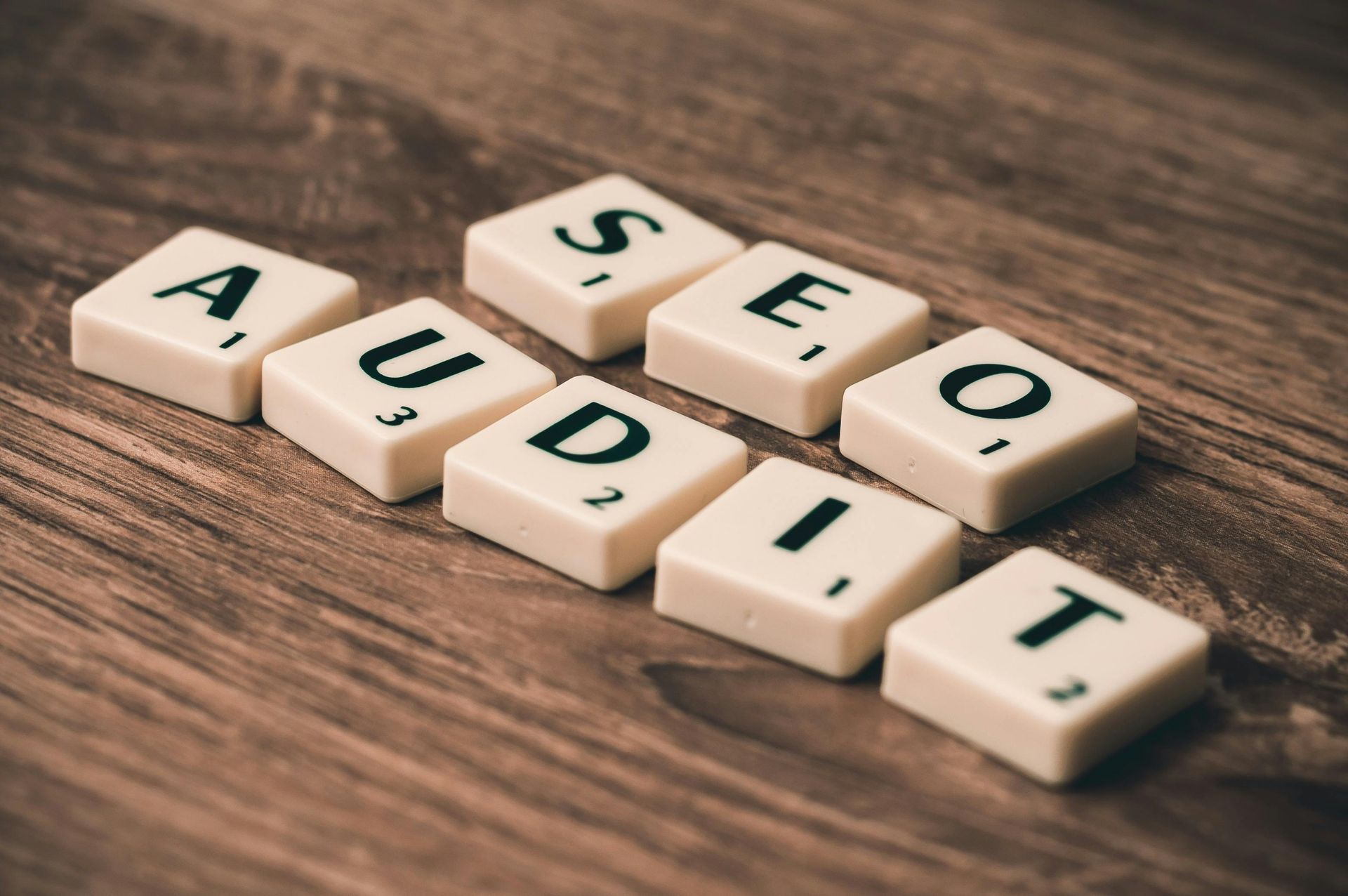The pros and cons with online shopping channels
Online shopping has seen a huge growth in recent years – up 16% on 2015 figures to £133bn in 2016*. And it is showing no signs of slowing down.
The growth is largely due to more consumers than ever shopping on their smartphones – with sales via smartphone jumping by a massive 47% in December 2016.
Here at Cotswold Web, we can create a brilliant e-commerce website for your online sales. But these days, it’s about more than that. If you really want to benefit from the online sales boom, you’ve got to look to other channels to support your website.
You know your business, your products and your customers, you just need to find which online shopping channel or channels will work best for you.
So here’s our pros and cons of some of the main online shopping channels to help you make that decision.
Search engines
Search engines like Google and Bing allow you to reach customers who are actively searching for a product.
As a retailer, you upload data feeds and whenever a user is searching for a specific product, such as garden furniture, handbags or children’s bikes, the search engine matches the search with advertised products, so a potential customer can see the ads. And the good news for retailers is that many customers buy from the adverts and don’t search any further.
Businesses pay for the advertising per click and there is a limited number of advertising slots available. Google, Bing and other search engines use their own criteria to determine which adverts have the highest quality score and will be displayed.
This is a great tool for higher priced or niche items and we can easily upload your data feeds to the search engines for you, without messing around with your website’s coding.
Amazon and
eBay
Amazon and eBay are the two biggest marketplaces online. They allow shoppers to browse products from a huge number of sellers at the same time, comparing prices and finding the best offers.
Transactions are carried out through Amazon or eBay, rather than your site. Amazon will usually organise the shipping too. Both of these factors can be a real bonus for a small business which doesn’t have the staff or the time to spend on packing and sending out items.
But shopping through marketplaces means a customer is never directed to your website, so they are less likely to remember your company name and go back to you in the future.
Retailers pay a commission to use a marketplace, which is usually between 5 and 15%. This could prove to be more cost-effective for businesses than the pay-per-click model, where you are paying for clicks that don’t always lead to sales.
Social networks
Facebook is the biggest social network in the world, with over 31 million users in the UK alone, 76% of whom visit the site every day. Over 2 million businesses use Facebook for advertising.**
Social networks reach people who aren’t searching for a particular product, but advertising can be carefully targeted to meet your exact customer profile, for example: female; aged 30-35; living in the South East; and interested in cycling.
Potential customers will see your adverts when they are communicating and sharing with friends. While they may not buy immediately, the advert will create brand awareness, which may encourage them to go back and shop with you at a later date. With targeted advertising charged on a pay-per-click basis, social network advertising can prove to be very cost-effective for some retailers.
Re-targeting networks
Re-targeting networks are pretty similar to advertising on social media. They reach people who have visited your site to search for a product, but then left without buying.
Re-targeting networks allow businesses to advertise the product consumers were interested in on a later date, when they are visiting a different website. As an additional incentive to buy, re-targeting network ads may offer customers a discount on the product they originally searched.
There are a number of re-targeting networks out there and costs vary depending on the network, so it’s best to do your research to find out what works for you and your business.
So that’s our whistle-stop tour of some of the best ways of reaching customers online. If we can help you use any of these channels more effectively, please get in touch.
*Source IMRG
**Source Think Digital First
Find out more about the incredible companies we work with here and contact us to see how we can help with your website.
More Posts.










